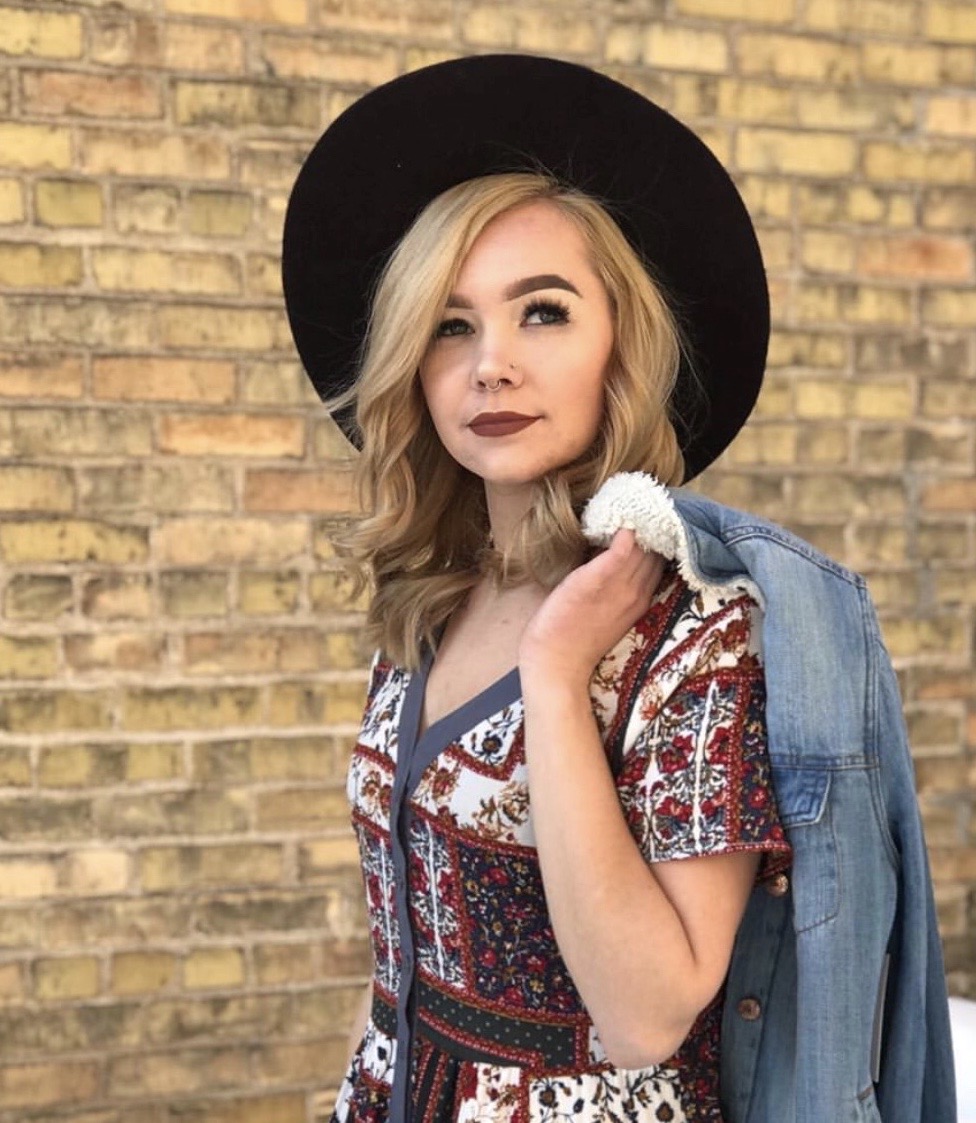This year is shaping up to be iconic for women in sports. In addition to seeing female athletes excelling at typically male-dominated sports, 2020 has also shown us that these women are fed up with patriarchal standards in the industry and are pushing back against sexist ideals.
Even though the pandemic effectively erased sports for a few months, female athletes have still been making waves. Here are five times women in sports have broken barriers this year.
1. NBC Sports Ran the First All-Female NHL Broadcast
NBC Sports made International Women’s Day one to remember when the network pulled off the first all-female NHL broadcast in U.S. history. This groundbreaking move was made with the hope of inspiring young female athletes and future generations of women in sports media.
The Chicago Blackhawks versus St. Louis Blues game took place on March 8, and every position was covered by a woman, from teleprompter operator to play-by-play caller.
In regards to the lack of women in sports production, NBC Sports producer Kaitlin Urka said, “Very rarely did I see more than maybe one or two other females in the production truck besides myself … It’s scary sometimes if you’re a female and you’re in these trucks by yourself — it can be intimidating to look around and think, I’m the only woman here right now.”
2. Netflix Documentary “Athlete A” Exposed Sexual Abuse in Gymnastics
“Athlete A” is a Netflix original documentary about the sexual abuse that U.S. female gymnasts experienced at the hands of Larry Nassar. The film documents the abuse these athletes went through for years at USA Gymnastics, one of the top Olympic organizations in the country.
https://www.youtube.com/watch?v=JzeP0DKSqdQ
The documentary follows a group of investigative reporters from The Indianapolis Star as they work to expose Nassar’s crimes, which involved the assault of at least 250 young women and girls and spanned over two decades.
Nassar was charged for child pornography and 10 counts of sexual assault that he admitted to. He will likely spend the rest of his life in jail.
While the exposing and sentencing of Nassar was a tragic moment in women’s sports, it was also a momentous occasion. Seeing a sexual predator who took advantage of women for years finally suffer the consequences of his horrible actions was truly a victory for female athletes everywhere.
3. NWHL Had Its First Year With an Increased Game Schedule
After an incredibly successful 2018-2019 season, the National Women’s Hockey League made some big changes. The 2019-2020 season was the first year the NWHL implemented an expanded schedule of 24 games, up from its previous 16-game schedule, after multiple games consistently had great attendance.
In fact, the NWHL 2019 All-Star Game set an attendance record with a crowd of over 6,000 fans in Bridgestone Arena — the most people to ever attend a professional women’s game in the U.S.
The league also increased salary caps by 50%, with players able to receive a split of earnings from media and sponsor deals. Earlier this year, it even announced plans to grow the league by adding a sixth franchise (and the first Canadian team), The Toronto Six.
The NWHL, which is the first professional women’s hockey league in North America, and the first women’s league to pay their players, had its inaugural season in 2015-2016. The franchise has since grown to be a powerhouse in women’s hockey, and we’re sure to see a continuation of that pattern in the coming years.
4. WNBA Sued Its Governing Body Over Pay Gap
The Women’s National Basketball Association and its players’ union recently won in its fight against gender discrimination. It was collectively agreed upon that if the WNBA hits certain revenue goals by 2021, it can instate a contract that will offer higher salaries and better maternity benefits for the 12 teams in the franchise.
The contract still has to be approved by the union’s membership, as well as the WNBA board of governors. However, if all goes well, this could be a huge move in the right direction for the league.
This agreement would increase salaries and allow players to earn a 50/50 split of league revenue; before, they only earned 20% to 30%. The contract would also provide a $5,000 childcare stipend and a special space in arenas for nursing mothers.
WNBA commissioner Cathy Engelbert said about the agreement, “We’re making a big bet on this league, a big bet on women, and that in professional sports, that the WNBA can lead the way.”
5. U.S. Women’s National Soccer Team Is Continuing Its Fight for Equal Pay
Back in 2019, the U.S. women’s soccer team opened a lawsuit against its governing body over claims of unfair pay. Earlier this year, U.S. District Judge R. Gary Klausner rejected the World Cup champions’ lawsuit on the grounds that the men and women’s teams have different contracts that make it tough to know if the pay is truly equal or not.
Female players are paid through salary, while male players are paid in bonuses, meaning they only make money on a per-game basis. For this reason, Klausner alleged that the female players actually earn more overall.
However, the players still believe there is discrimination between the teams. On an episode of “CBS This Morning” that aired in early May, team co-captain Megan Rapinoe voiced her take on the contract issue. She said, “We asked to be under the men’s contract, and it was repeatedly refused to us.”
Despite legal pushback, the women’s team doesn’t believe this is the end of the road for their fight. In a statement, team spokesperson Molly Levinson said, “We are shocked and disappointed with today’s decision, but we will not give up our hard work for equal pay.”
















